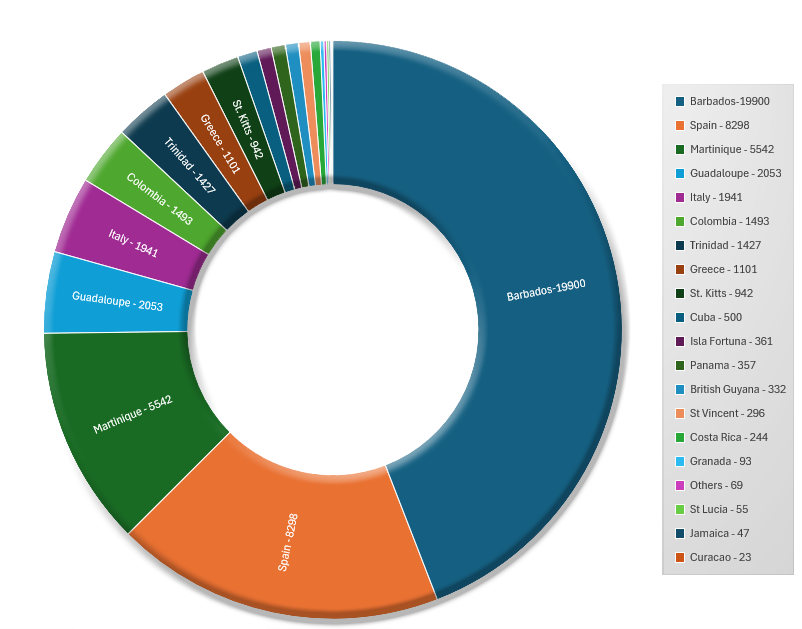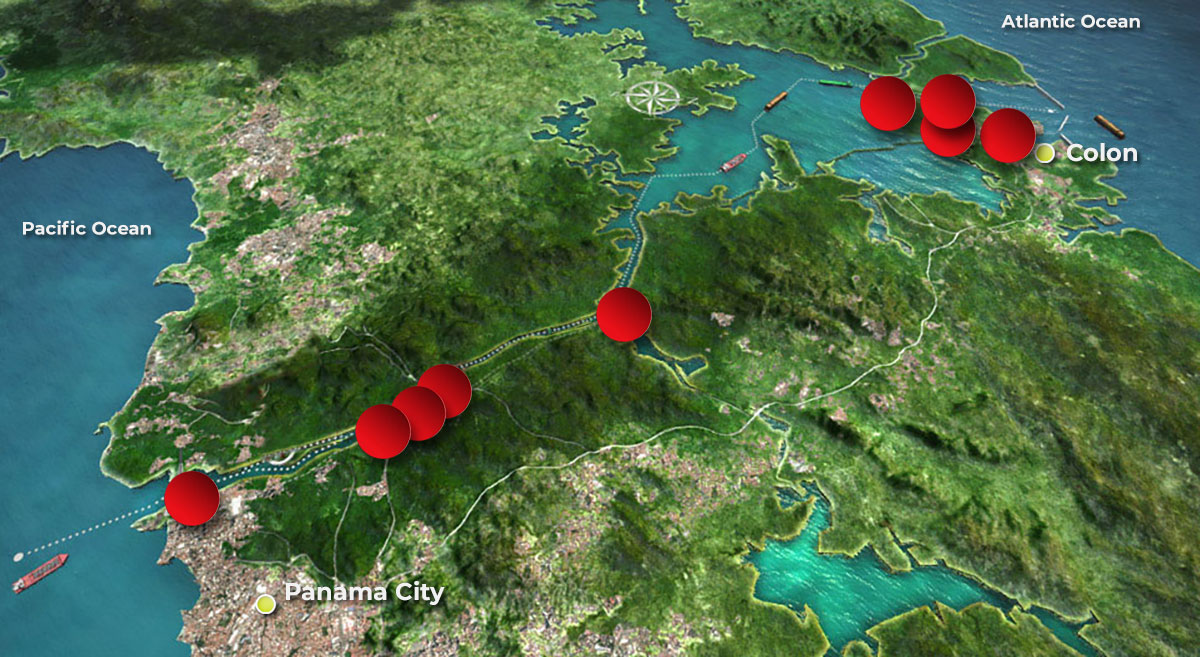NABA Collection
NAID
Linda Hall Library
Linda Hall Library
Barbados Museum Historical Society Collection
J Van Hasselt Getty Images
Afro-Panama CZ Legacy Project Group.
Afro-Panama Canal Zone
Legacy Project
This website intends to provide a background of the Afro-Panama Canal Zone West Indians over-coming obstacles and to tell the story of the separate lives lived on the “Canal Zone”.
Exploring the data illustrates the fusion of all the Caribbean Island cultures, mixed marriages, family sizes, housing types, wages and jobs performed by the silver workers. The Panama Canal Government and their policies controlled every aspect of the Panama Canal operations, but it took the skills of the silver workers to make the Panama Canal operate efficiently. Without the west Indians workers, the canal construction and operation would have been more lengthy and costly.
In the Town Maps link, you’ll be able to perform a find your family name, click on the interactive map and view the residence, with images. Exploring the data illustrates the fusion of all the Caribbean Island cultures, mixed marriages, family sizes, housing types, wages and jobs performed by the silver workers.
The Gallery link will show more images of the towns and the Silver workers in their own social and community organizations, such as the civic councils, boy scouts, credit unions, labor unions and sports teams.
We invite visitors to the site to share their photos and other information to improve the site visit experience.
Isthmian Canal Commission Era (1904-1914)
45,107 CANAL ICC CONTRACT WORKERS
BY COUNTRY IN 1914.

George W. Westerman Labor series, 1926-1985Source: ICC Panama
History of the Canal Zone towns
A jungle-surrounded town built for canal workers, Gamboa housed the Dredging Division. Its remote location fostered close community ties and offered key access to the Chagres River and canal operations.
Once known as La Boca, it was a crucial Pacific-side terminus. It housed black and West Indian workers and later evolved into a residential area after the canal’s completion.
A pivotal town on the canal route, Paraiso transitioned from French to American control. It supported lock construction and later became a residential community for canal employees and their families.
Home to one of the Panama Canal’s vital lock systems, Pedro Miguel also included worker housing and support facilities. It played a strategic role in the canal’s central operations zone.
Originally called Silver City, it was renamed Rainbow City during the civil rights era. It was a segregated community for non-U.S. workers, known for its vibrant cultural and social life.
A temporary yet critical settlement supporting Gatun Locks’ construction. It reflected early 20th-century labor segregation and the vast scale of manpower needed to complete the canal’s Atlantic section.
Cristobal was a vital port town; Camp Bierd housed laborers. Together they facilitated Atlantic-side shipping, repair, and trade, while symbolizing the workforce stratification common in canal-era society.
Red Tank was a settlement in the Panama Canal Zone just east of Pedro Miguel on north side of Highway 852 (Av Omar Torrijos Herrera) and east bank of Rio Pedro Miguel.
Created for non-U.S. citizens, Silver City was a segregated town near Cristobal. It became a cultural hub for West Indian canal workers, known for resilience amid inequality and marginalization.
Hover on the hotspots to identify the cities, click to view the resident maps.

